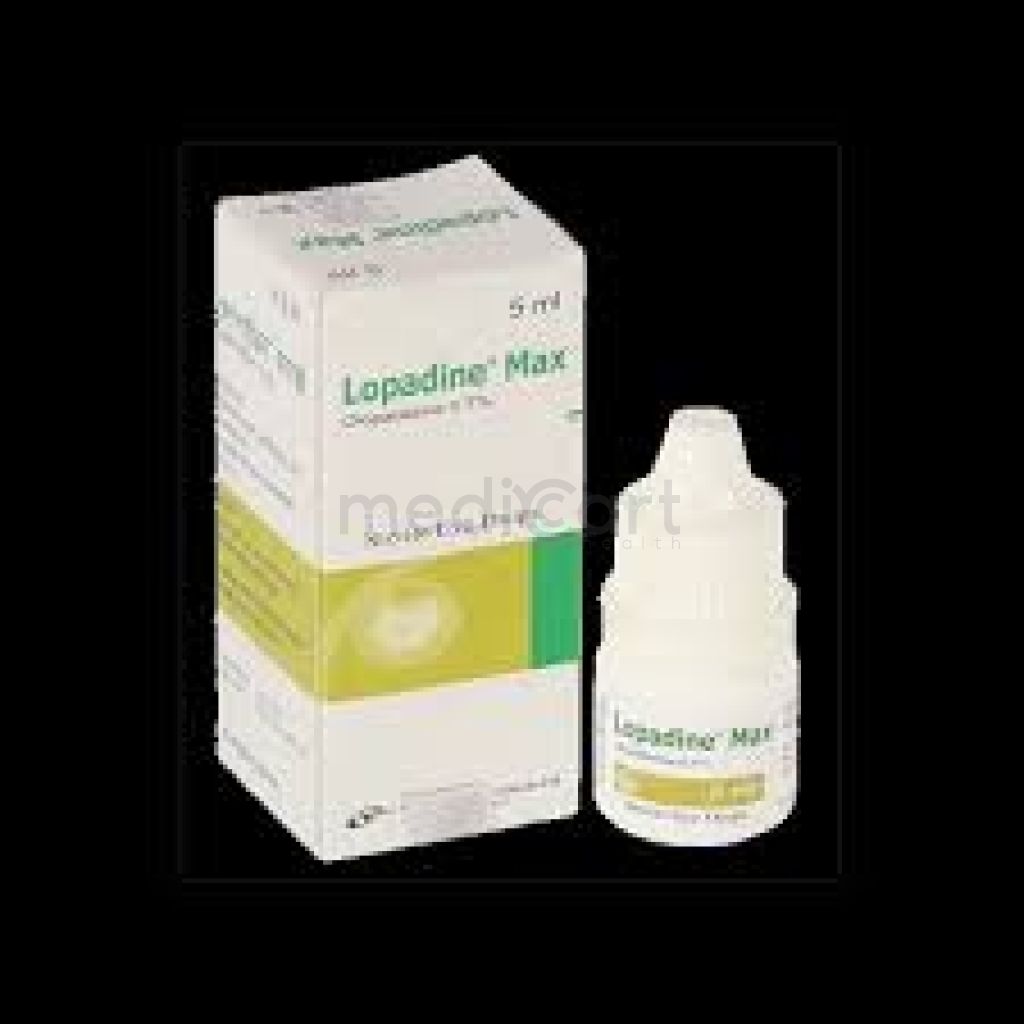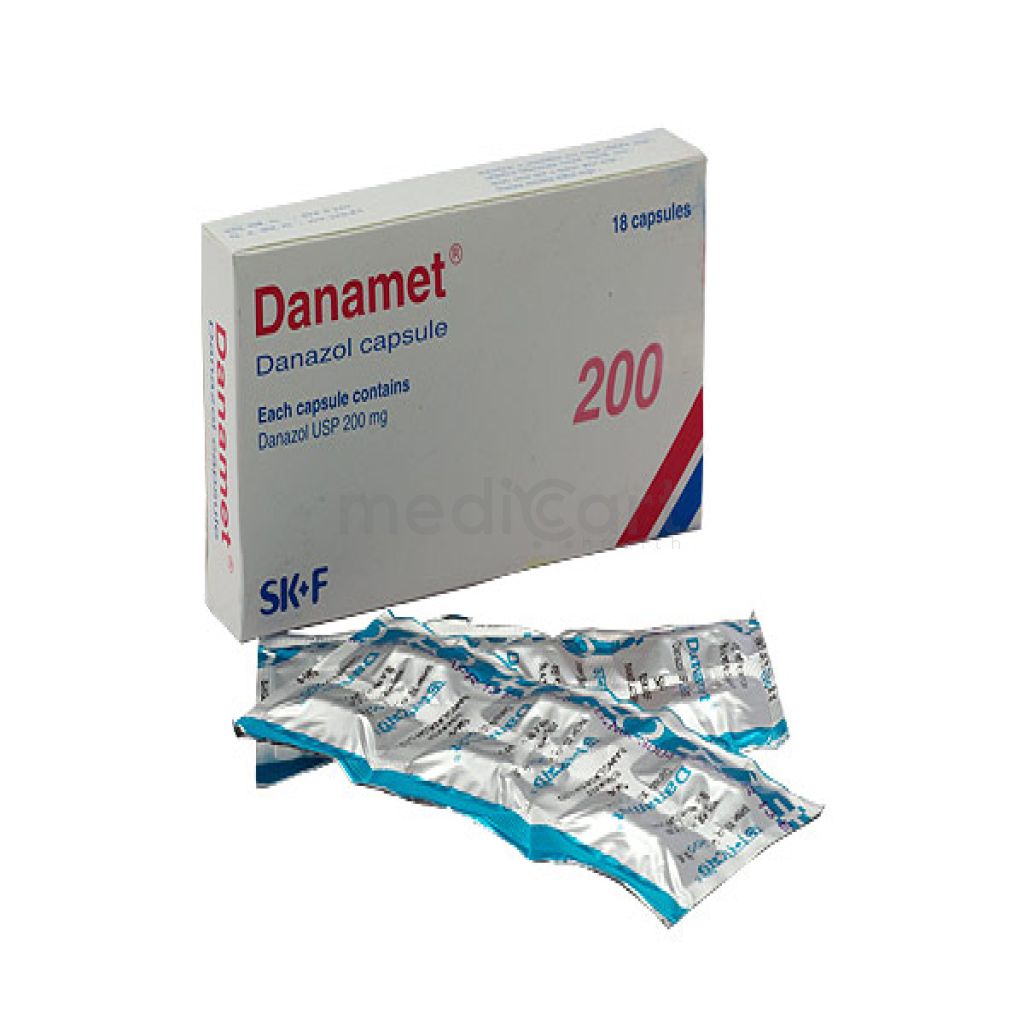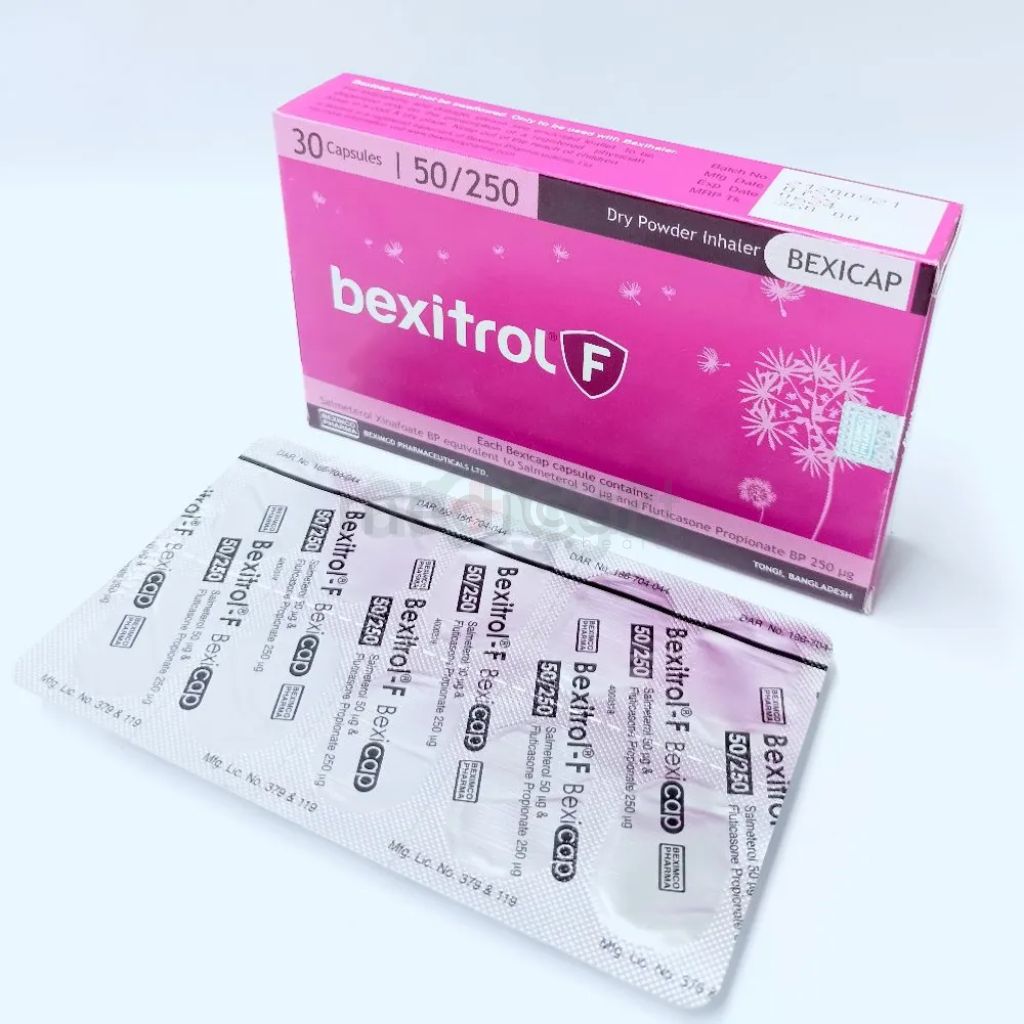

Remus1% - 10 gm
Oinment
Pack Size :
1 Tube x 1 Packet
Generics :
Tacrolimus
Manufacturer :
Square Pharmaceuticals Ltd.
Best Price *
TK
360.00
* Delivery will be done in Dhaka city only.
Alternative Product
More Information About - Remus1% - 10 gm
Description
Generic Name
Tacrolimus 0.1%, 0.03% TopicalPrecaution
Monitoring of blood trough serum concentrations to prevent organ rejection and to reduce drug-related toxicity. Topical: Used with caution on the face or neck, large areas of the body (not >50% of the total BSA), or areas of broken skin. Infections at the treatment site should be cleared prior to therapy. Delay use in patients with unknown cause of lymphadenopathy or acute infectious mononucleosis till resolution. Use in patients with Netherton's syndrome is not recommended. Pregnancy. Lactation: Not known whether tacrolimus is distributed in milk following topical administration to skinIndication
Atopic dermatitis, Allergic contact dermatitis, Severe eczema, Psoriasis, Alopecia areata, Pyoderma gangrenosum, Cutaneous lupus erythematosus, Dermatomyositis, Seborrheic dermatitis, Rosacea, Lichen Planus, Pemphigus Vulgaris, Vitiligo, Graft-Versus-Host Disease, Ichthyosis.Contra Indication
Tacrolimus ointment is contraindicated in patients with a history of hypersensitivity to Tacrolimus or any other component of the preparation.Dose
N/ASide Effect
>10% Burning sensation (43-58%), Pruritus (41-46%), Flu-like symptoms (23-31%), Skin erythema (12-28%), Headache (5-20%)Pregnancy Category
Name : C
Description
Animal reproduction studies have shown an adverse effect on the fetus and there are no adequate and well-controlled studies in humans, but potential benefits may warrant use of the drug in pregnant women despite potential risksMode of Action
Tacrolimus inhibits T-lymphocyte activation, although the exact mechanism of action unclear. Tacrolimus bind to cytosolic receptors known as immunophilins (i.e., cyclophilin and FK binding protein-12 [FKBP-12], respectively), forming complexes that inhibit the production of cytokines via the calcineurin pathway. Inhibition of calcineurin activity inhibits early activation of T-cells (ie.immunosuppresion results).Interaction
Increased nephrotoxicity with ciclosporin, aminoglycosides, amphotericin B, cisplatin, NSAIDs, vancomycin, co-trimoxazole, aciclovir, ganciclovir. Increased risk of hyperkalemia with potassium-sparing diuretics. Increased plasma concentrations and toxicity with azole antifungals, calcium-channel blockers, cimetidine, danazol, HIV-protease inhibitors, macrolide antibacterials and metoclopramide. Antacids, rifampin, rifabutin, casofungin, phenytoin, phenobarbital and carbamazepine decrease tacrolimus plasma concentrations. Concurrent admin of sirolimus and tacrolimus decrease levels of both.Pregnancy Category Note
Pregnancy Category: C Lactation: Not known whether tacrolimus is distributed in milk following topical administration to skinAdult Dose
Topical/Cutaneous Atopic dermatitis Adult: Apply thinly 0.03% or 0.1% ointment to affected area bid. Rub in gently and completely. For short-term and intermittent use only. If no improvement after 6 wk, re-confirm diagnosis.Child Dose
Topical/Cutaneous Atopic dermatitis <2 years old: Not recommended Child: 2-15 yr: Apply thinly 0.03% oint to affected area bid. Rub in gently and completely. For short-term and intermittent use only. >15 years: Apply 0.03% or 0.1% ointment as thin layer to affected area q12hr;Renal Dose
N/AAdministration
Apply a thin layer of Tacrolim ointment onto the affected skin areas and rub in gently and completely. Treatment should be continued for one week after clearing of signs and symptoms of atopic dermatitis. Tacrolim ointment should not be used with occlusive dressings.Disclaimer
The information provided herein are for informational purposes only and not intended to be a substitute for professional medical advice, diagnosis, or treatment. Please note that this information should not be treated as a replacement for physical medical consultation or advice. Great effort has been placed to provide accurate and comprehensive data. However, Medicart along with its authors and editors make no representations or warranties and specifically disclaim all liability for any medical information provided on the site. The absence of any information and/or warning to any drug shall not be considered and assumed as an implied assurance of the Company.





